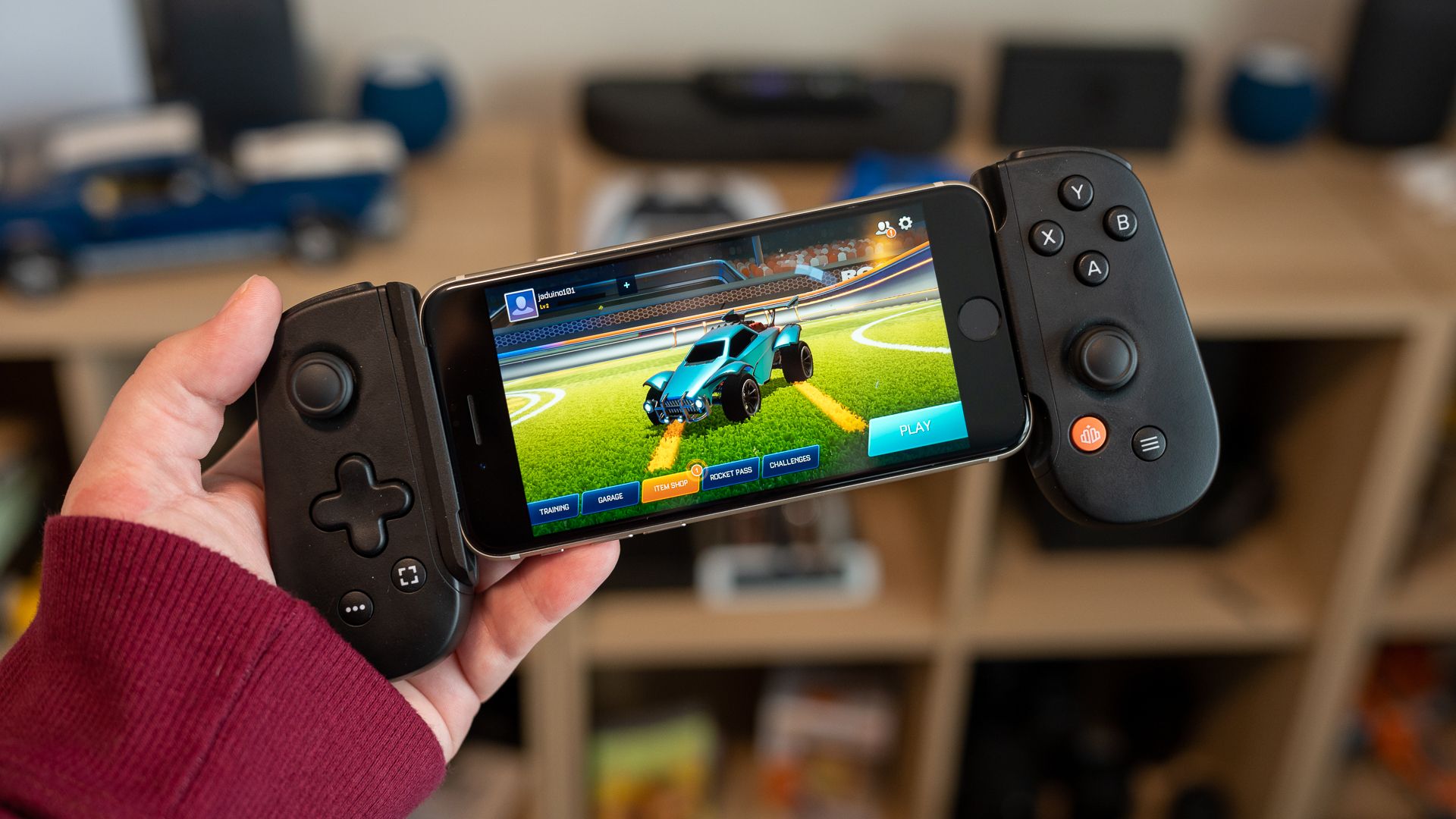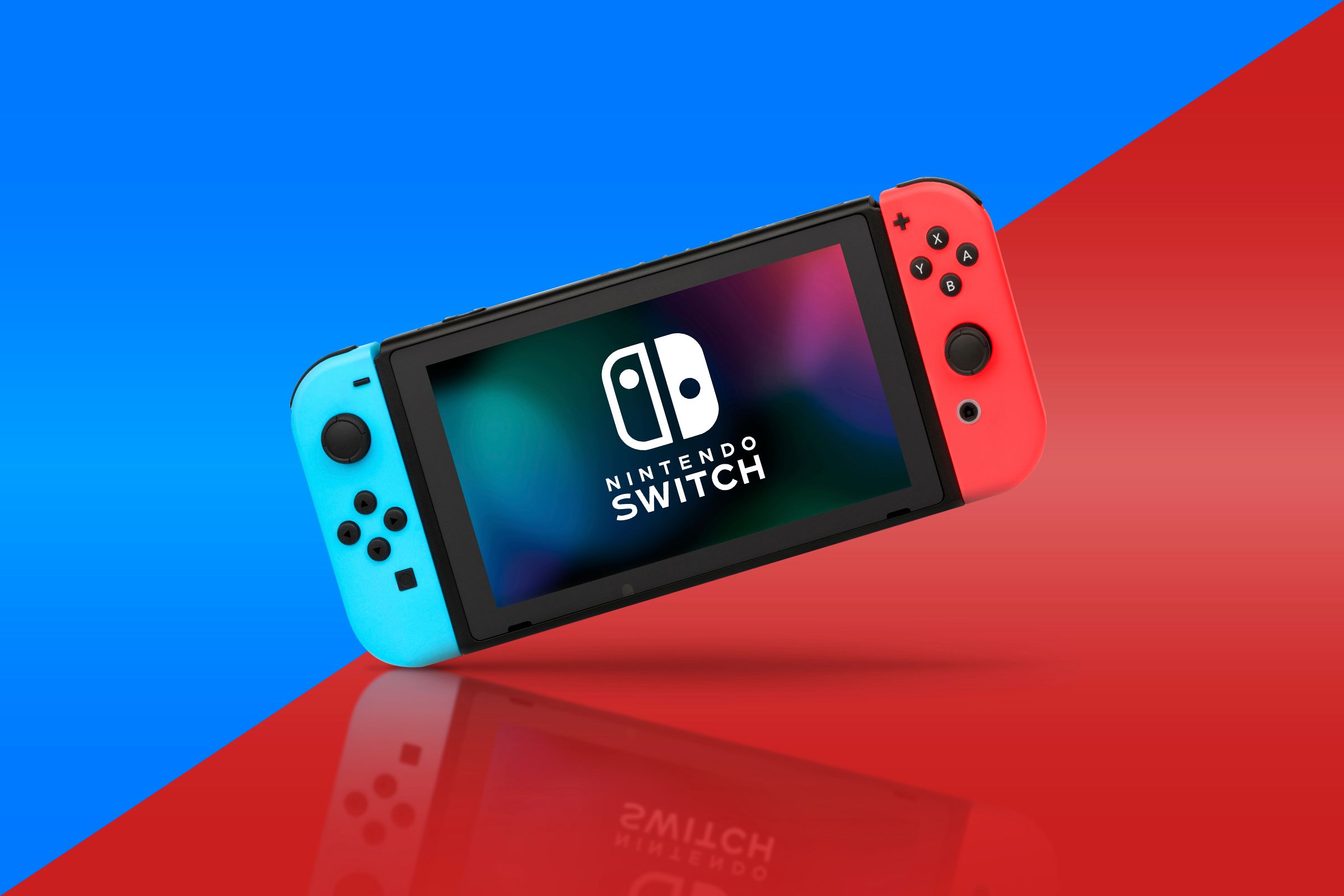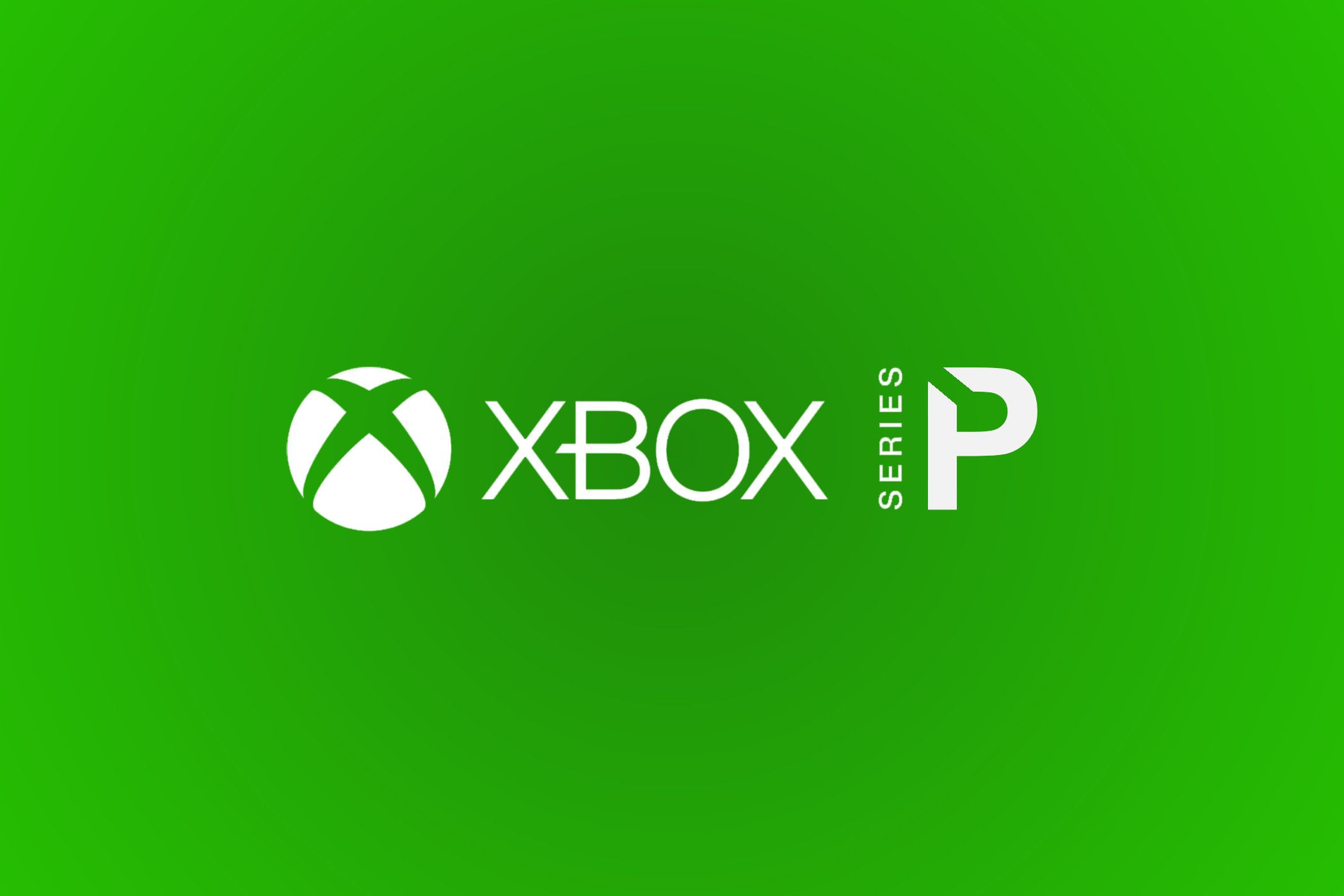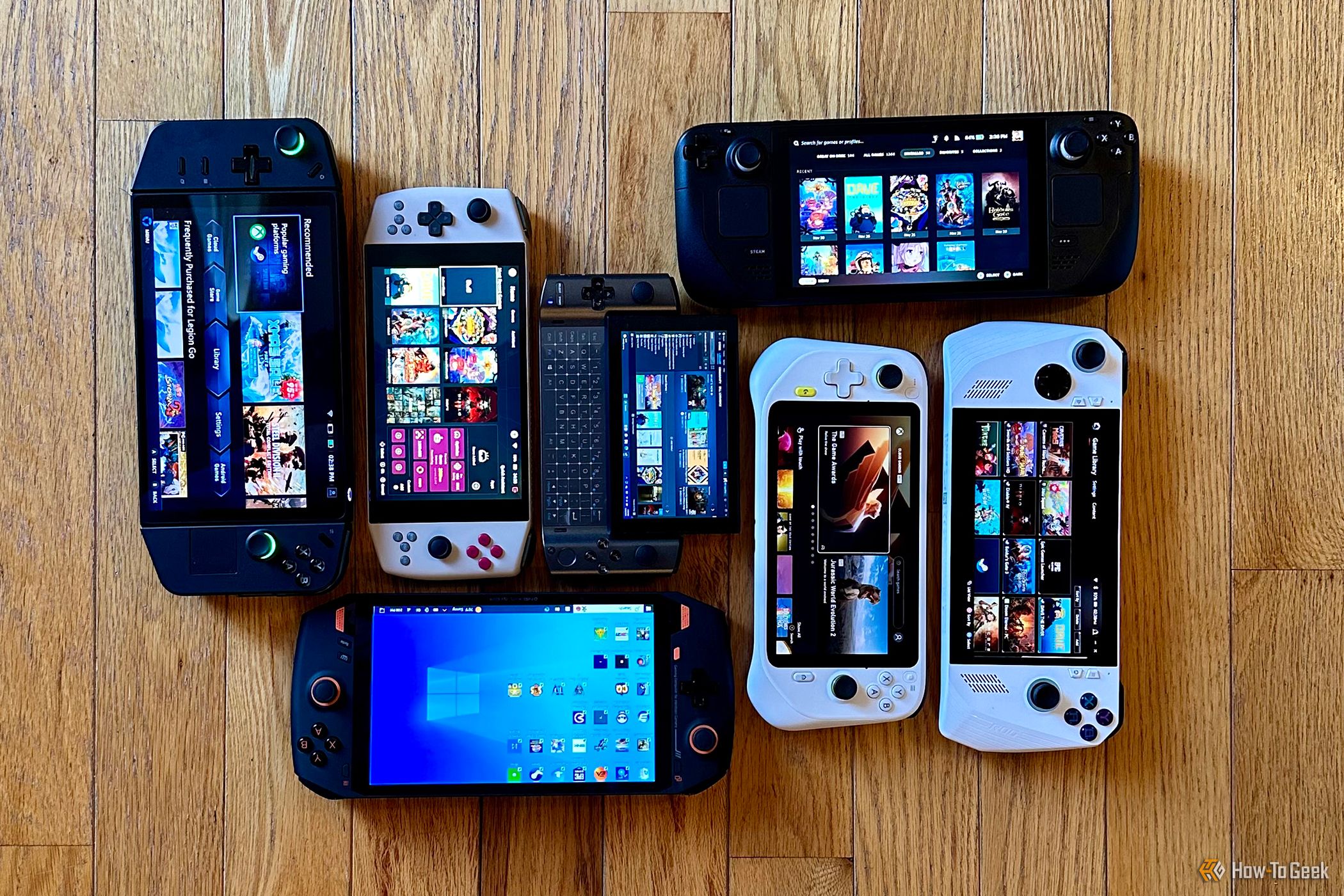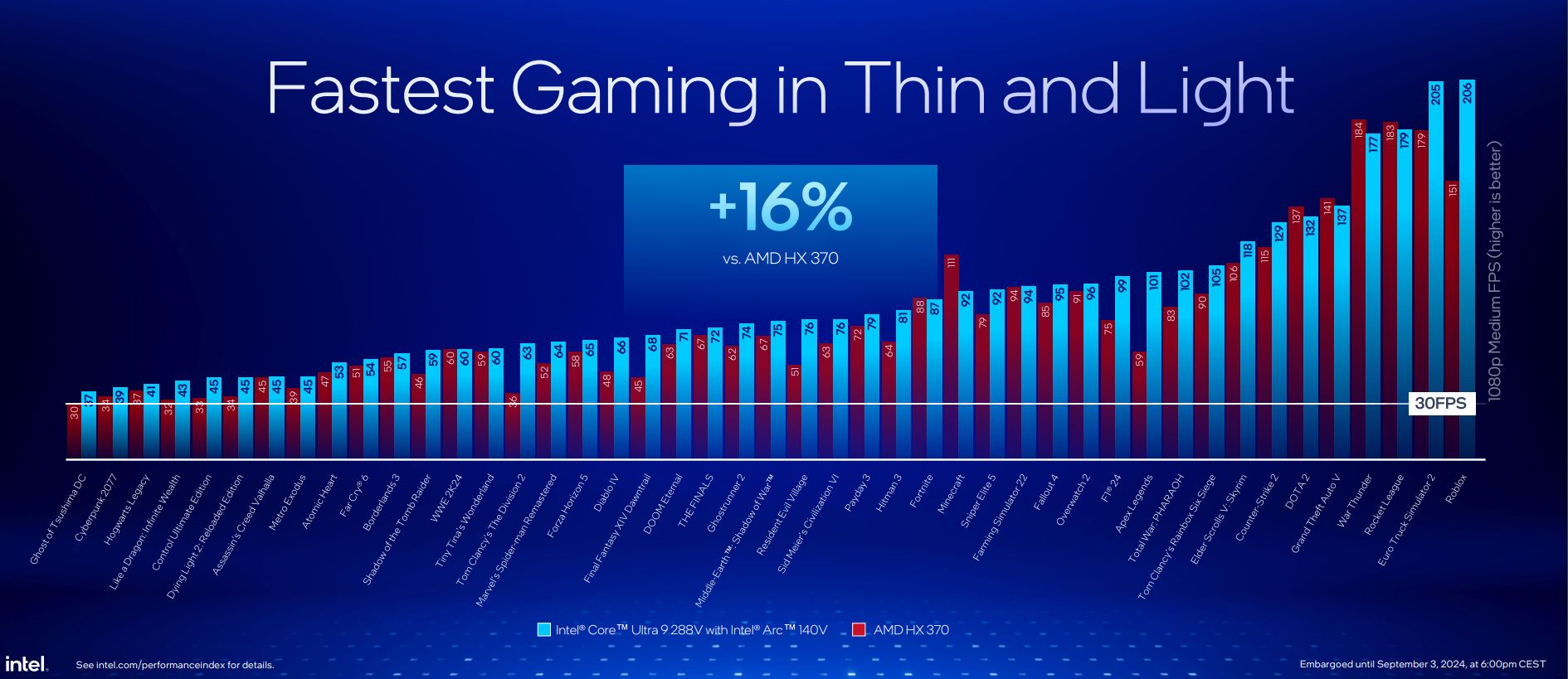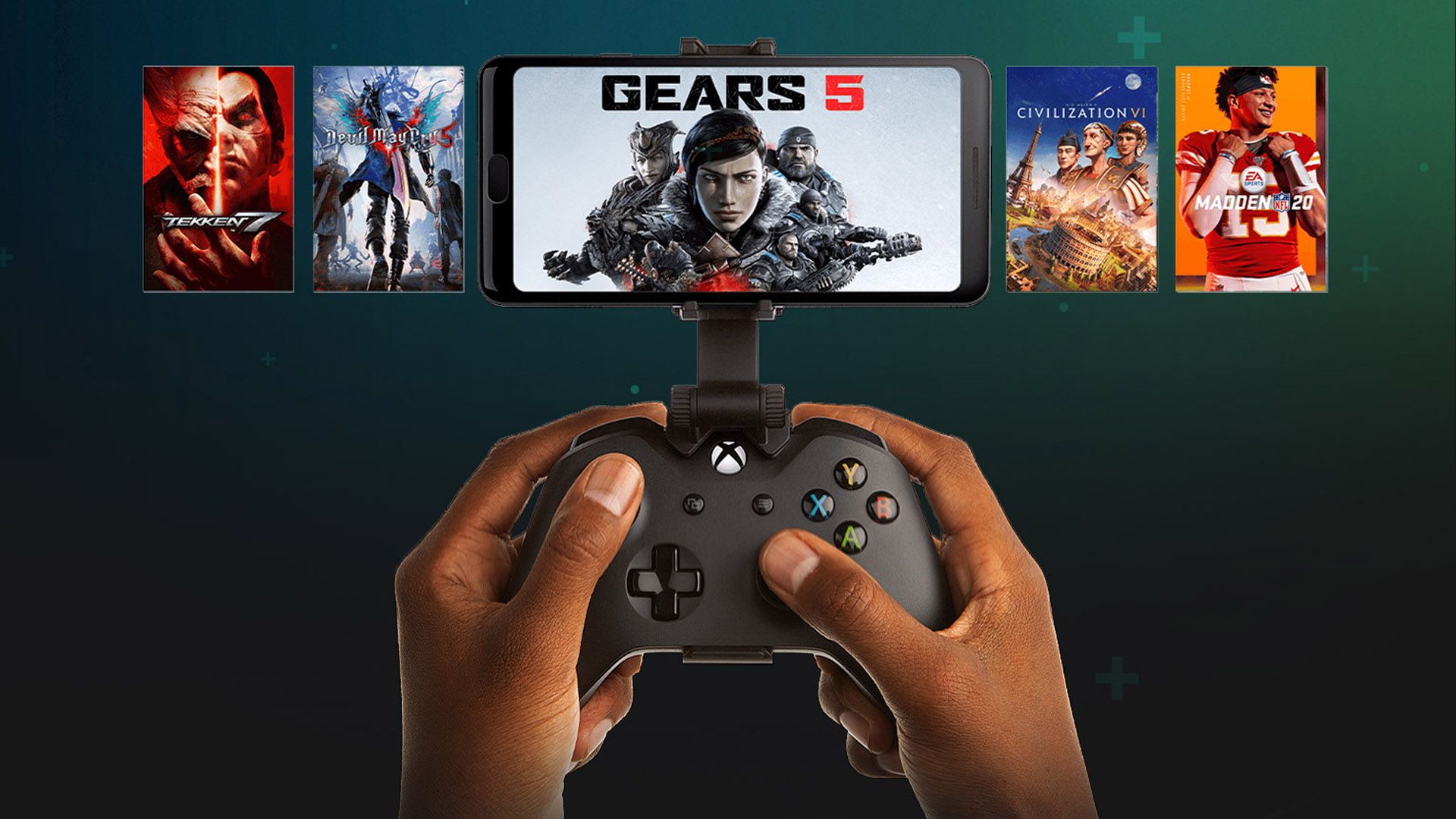Key Takeaways
- Gen Z & Gen Alpha prefer mobile & handheld gaming to home consoles and desktops PCs.
- Nintendo seems to have shifted to being a purely handheld gaming company with the success of the Switch.
- Future handheld consoles and handheld PCs will get more powerful, competing with home consoles and playing AAA games with ease thanks to upscaling technology.
With the Nintendo Switch being the clear winner of this generation of gaming consoles, the rise of handheld gaming PCs, and younger generations’ inclination towards mobile and handheld gaming, it’s clear that handhelds are the future of gaming. Let me explain why.
Gen Z and Gen Alpha are Handheld Natives
Gen Z is the first generation to embrace mobile gaming from a young age, with Gen Alpha joining Gen Z in preference towards mobile gaming. More than 80% of Gen Z and Gen Alpha gamers play games on phones and tablets, which are technically handheld gaming devices.
Even when we remove smartphones from the picture we find that, among younger gamers, PC and Nintendo Switch are the gaming platforms of choice. When we look at Zoomers as a whole, we can see that their second-favorite gaming platform is the Switch, with almost 40% of Zoomer gamers owning Nintendo’s hybrid console.
Japanese Zoomers have all but abandoned home consoles (PS5 and Xbox) and instead prefer gaming on smartphones, Nintendo Switch, and PC. As for Gen Alpha, 30% of them own a handheld gaming device, and almost half own a tablet.
Considering that 94% of Gen Alpha and 90% of Gen Z consider themselves game enthusiasts, it’s clear that these two cohorts (which will soon make up the majority of the gaming audience) prefer gaming on the go. For those who grew up playing mobile games, graduating to a handheld such as a Nintendo Switch or a PC gaming handheld such as Steam Deck or ROG Ally seems like the next logical step.
Nintendo Is Now a Handheld Gaming Company
After Nintendo hit a low point with the Wii U, Nintendo struck gold with the Switch, a hybrid console that sold 143.42 million units as of August 2024, making it the third best-selling console ever.
The massive popularity of the Switch suggests that Nintendo will stick with its tried-and-true formula. Every report and rumor out there suggests the company’s next console will be Switch 2, which will follow the same handheld and home console hybrid design as its predecessor.
I don’t think Nintendo will release a non-hybrid console ever again. The Switch is so popular and Nintendo has become a company that has given up on chasing photorealistic graphics. AAA games have frequently skipped the Switch, and it hasn’t slowed the console down.
Nintendo has had a strong handheld presence ever since the original Game Boy, but the Switch has transformed it into a handheld gaming company. 2015 was regarded as the year that handhelds died, but less than a decade later, gaming handhelds (excluding smartphones) are more popular than ever. Current trends in gaming indicate they will only get more popular in the future.
Microsoft Might Be Working on a Handheld Xbox
Nintendo isn’t the only major console player that seems to be working on a handheld gaming device. While only a streaming device, the PlayStation Portal has shown that many gamers crave a portable PlayStation experience.
Then we have Microsoft, which appears to be working on a handheld Xbox console. Whether the handheld Xbox will end up as a Game Pass machine that specializes in streaming or a full-fledged handheld gaming console powerful enough to run games natively remains to be seen
If one of the world’s largest gaming companies is interested in this market, it’s because there’s a lot of money to be made there. In other words, handheld gaming may just be trendy enough to pique Microsoft’s interest, which is significant considering the company hasn’t set foot into handheld territory before.
PC Gaming Handhelds Will Only Get More Powerful
PC gaming handhelds have been around for almost a decade, with the first proper handheld gaming PC, the GPD Win, announced in October 2015. The device was underpowered and had issues running AAA games from the late 2000s.
Almost a decade later, PC gaming handhelds are one of the fastest-growing gaming markets, and the current generation of devices has no issues running most of 2023’s AAA titles.
From left to right: Lenovo Legion Go, AYANEO 2021 Pro, Valve Steam Deck, GPD Win3, Logitech G Cloud, Asus ROG Ally, OneXPlayer 1
The situation with 2024’s high-end games isn’t as rosy. While the current crop of PC gaming handhelds is getting a bit old in the tooth hardware-wise, struggling to run the latest and greatest AAA games at playable frame rates, the next generation of handheld APUs is just around the corner.
AMD will debut the Z2 Extreme in early January 2025, and the Intel Lunar Lake mobile lineup is already here, showing impressive gaming performance and even more impressive power efficiency. According to rumors, the Switch 2 will feature a relatively powerful chip—compared to the one found in the first Switch—made by NVIDIA, with DLSS support which will outsource some of the work to machine learning upscaler.
Intel’s XeSS is also here, and AMD has announced that its FSR 4 upscaling technology will also be machine learning-based. One of the major reasons for switching to AI-based upscaling is battery life improvements on PC gaming handhelds.
According to Jack Huynh, AMD senior vice president and general manager of the Computing and Graphics Business Group (via Tom’s Hardware): “On the handheld side, my number one priority is battery life. If you look at the ASUS ROG Ally or the Lenovo Legion Go, it’s just that the battery life is not there. I need multiple hours. I need to play Wukong for three hours, not 60 minutes. This is where frame generation and interpolation [come in], so this is the FSR4 that we’re adding.”
This is all to say that I’m confident that the next generation of PC gaming handhelds, as well as the Nintendo Switch 2, will be massively more powerful than what we have right now. Looking beyond these machines, future hardware can only get more powerful.
While I don’t believe we’re going to get a handheld console that’s on par with home consoles and mid-range gaming PCs anytime soon, I do believe that once the PC handheld gaming market becomes profitable enough, we’ll see a lot more semi-custom handheld APUs similar to the one found in Steam Deck.
AAA Games Play Great on Handhelds
I love playing PC games on my ROG Ally, and the majority of the games I play are controller-friendly and great on handhelds, which is especially true for AAA titles.
In games that miss some handy button mappings on controllers, such as dedicated quick save and quick load buttons or buttons that open your inventory or the map, I can just remap rear paddle buttons or assign secondary functions to face buttons or bumpers and get most of the freedom I have on PC.
But AAA games also play great on other handhelds since, in most cases, they’re first and foremost designed around controllers.
Cloud Gaming Can Only Get Better
Like it or not, cloud gaming is here to stay. And while it isn’t quite popular today and suffers from a variety of issues, it will most likely see healthy growth in the future. After all, Gen Z and Gen Alpha like to game on smartphones, and there are plenty of retro and streaming handhelds out there that are perfect cloud gaming devices.
Microsoft
The Steam Deck similar devices are excellent cloud gaming vessels, especially if you own one and want to play the latest and greatest AAA games at higher frame rates with better detail.
GeForce Now, at least its RTX 4080 tier, is already there quality-wise. The latency’s low enough for every game, sans twitch shooters, to feel like you’re playing it on a local machine, the image quality is more than impressive, and the performance is ridiculously good. The service’s sole issue is limited game support.
Xbox and PlayStation offerings are getting there, with the latter having a clear edge over the former despite Microsoft tooting its Xbox Game Streaming horn for years now. But I believe Microsoft will come to their senses and improve their service in time for the release of the Xbox handheld or a cloud-only Xbox Game Pass tier.
Once we have more cloud gaming choices, handhelds will match their home console and desktop counterparts when it comes to the fidelity of the gaming experience. We won’t have to own a gaming PC anymore to get that level of fidelity by locally streaming our games with Sunshine and Moonlight. We’ll be able to play our favorite games anywhere and anytime without sacrificing visuals.
Kids who grew up with smartphones and tablets in their hands will make up the majority of gamers in a decade or so. They already show a strong inclination to the Switch and other gaming handhelds, and I’m sure those who prefer PC will embrace PC gaming handhelds. Those handhelds will only get more popular and powerful, and if Microsoft’s gamble pays out, future Switch devices and handheld Xbox consoles could become the go-to choice of many up-and-coming gamers.
Sure, home consoles and desktop PCs won’t go anywhere, but personally, I don’t see any reason for handhelds not to become the future of gaming.


